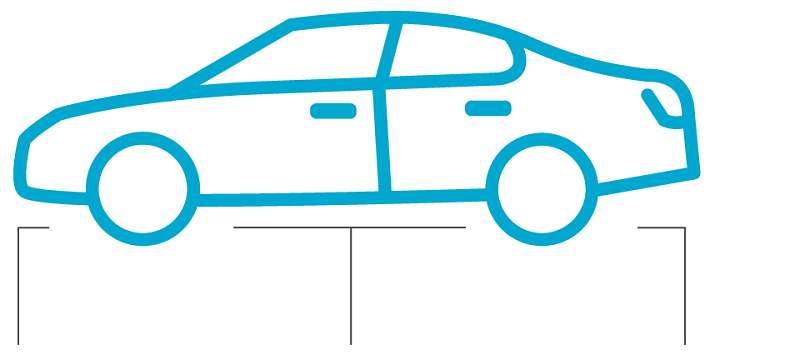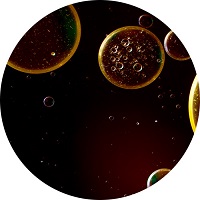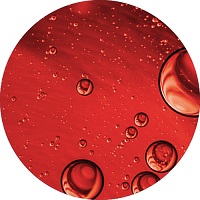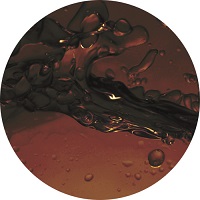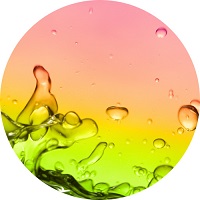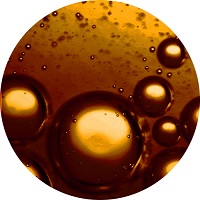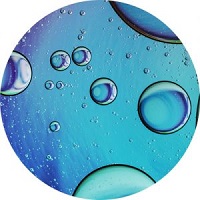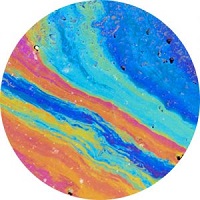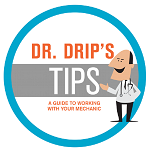Diagnose your car leak
Identifying the COLOR and LOCATION of your car leak can help diagnose the problem.
Front/Under Engine
Light brown to black, very greasy and slick; under front half of vehicle. Oil lubricates your engine. Engine oil leaks may hit the ground or burn off. You may notice drips on the ground under your parked car, or the smell of burning oil while driving. Check your engine oil when the engine is cool to get the most accurate reading. Keep your oil in the range shown on the dipstick. Get help from a repair shop if you are frequently low on oil.
Reddish and thin, or brown and thick; middle and front of vehicle. Automatic transmissions are lubricated by transmission fluid, while manual transmissions are lubricated by gear oil. Check your owner’s manual for vehicle specific information about checking transmission fluid. In general, automatic transmission fluid should be checked while the car is running with the transmission in park or neutral. Gear oil in a manual transmission can only be checked from underneath, with a car on a lift. Fluid leaks from your transmission are important reasons to consult a professional.
Amber, reddish, or light brown and thin; very front of vehicle. Like brake fluid, power steering fluid is a hydraulic fluid that helps boost power to the steering system. Check your power steering fluid level when your car is not running. A leak in power steering fluid could decrease steering function and become a safety hazard. Get low or leaking power steering fluid checked right away.
Yellow, green, or pink, greasy and slimy; front of vehicle near radiator or under engine. Cars use coolant to keep the engine from overheating. If your car is low on coolant or leaking coolant, you are at risk of overheating, which could ruin your engine and leave you stranded. Never remove your coolant or radiator cap when the engine is hot, as contents are under pressure and can cause extensive burns. Have your cooling system checked by a repair shop if you notice a leak or low fluid.
Near Wheels
Clear to brown, slightly yellow and slick; often appears near a wheel. Brake fluid conveys and amplifies the force of your foot on the brake pedal. Fluid can become low from a leak in the braking system. It is important to get low or leaking brake fluid checked right away, because brake fluid reservoirs are small. Losing even a small amount could impact how well your brakes work.
Rear/Exhaust
Most cars don’t use straight water in the cooling system. If your car has air conditioning, you often see water dripping under the car on hot days.
Gas is light gold, but will look colorless on the ground. Diesel is mostly clear but may have a bluish tint. Both will look clear when dripped on the ground. Gasoline or diesel powers your car. If you smell or see a fuel leak, get your car to a repair shop right away. Fuel leaks are a safety concern, because they can result in fires. Even though your gas tank is usually located in the rear, fuel leaks can occur pretty much anywhere as fuel lines run from the gas tank to the engine.
